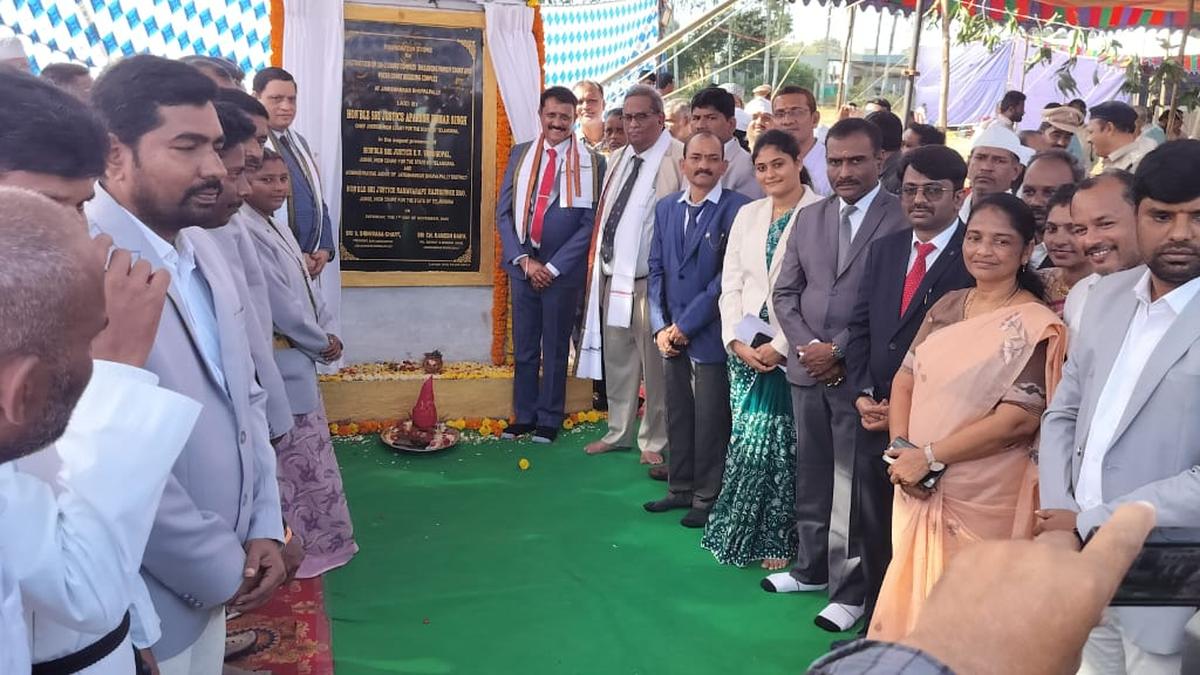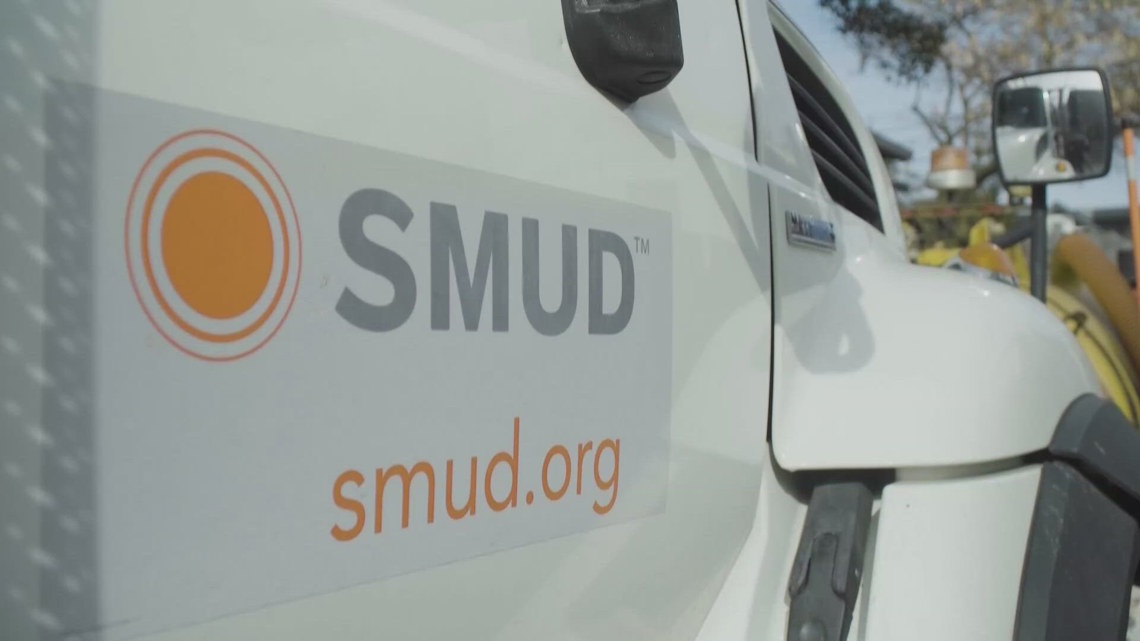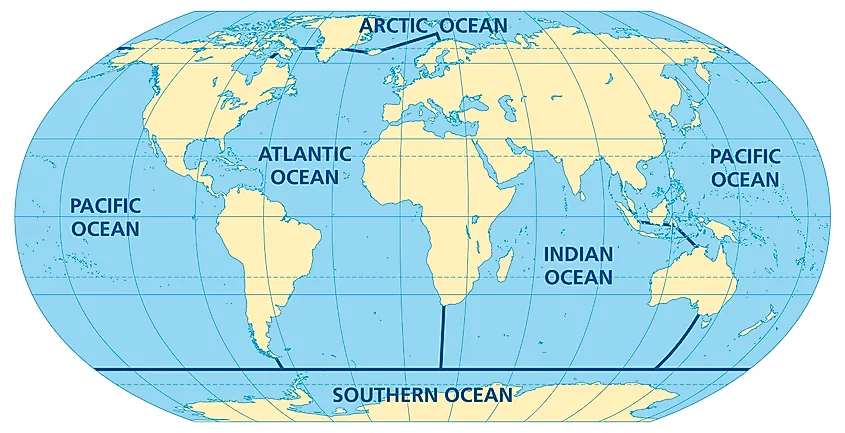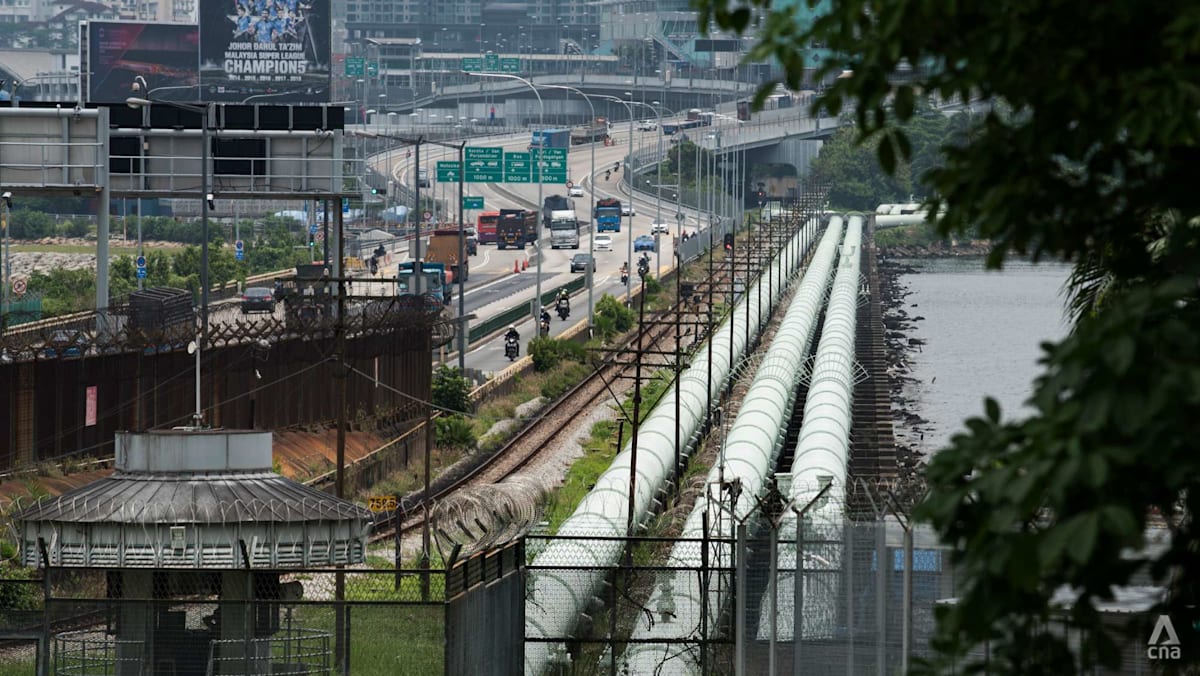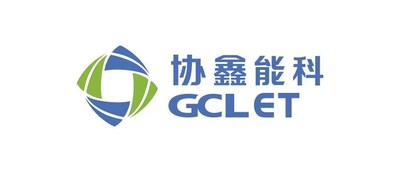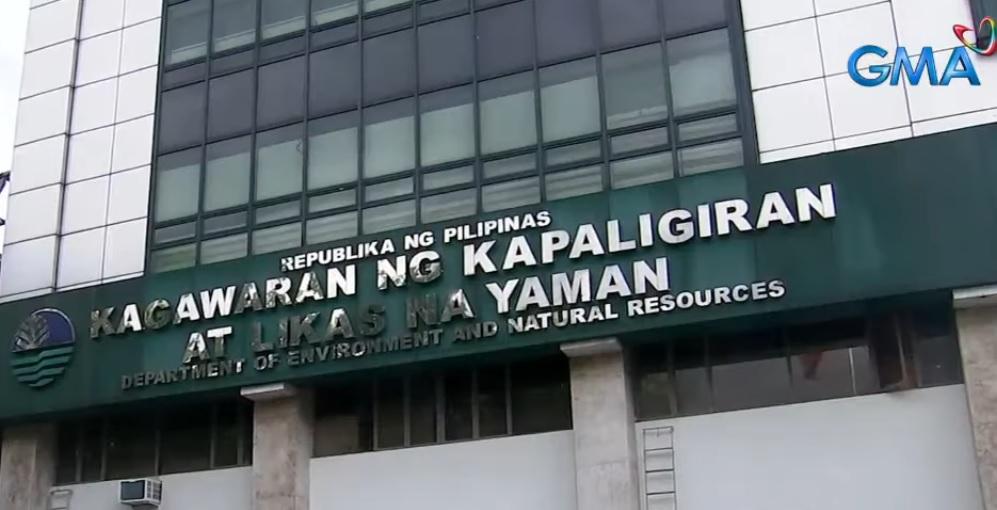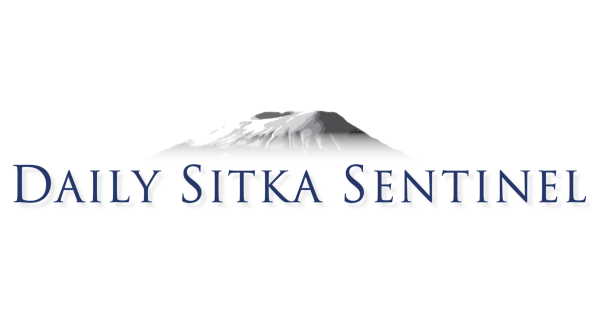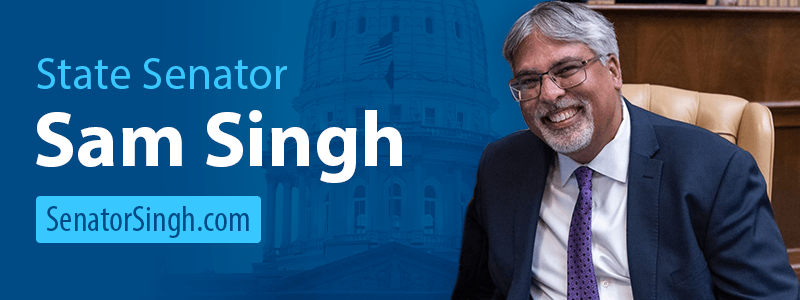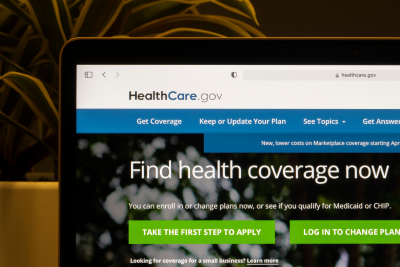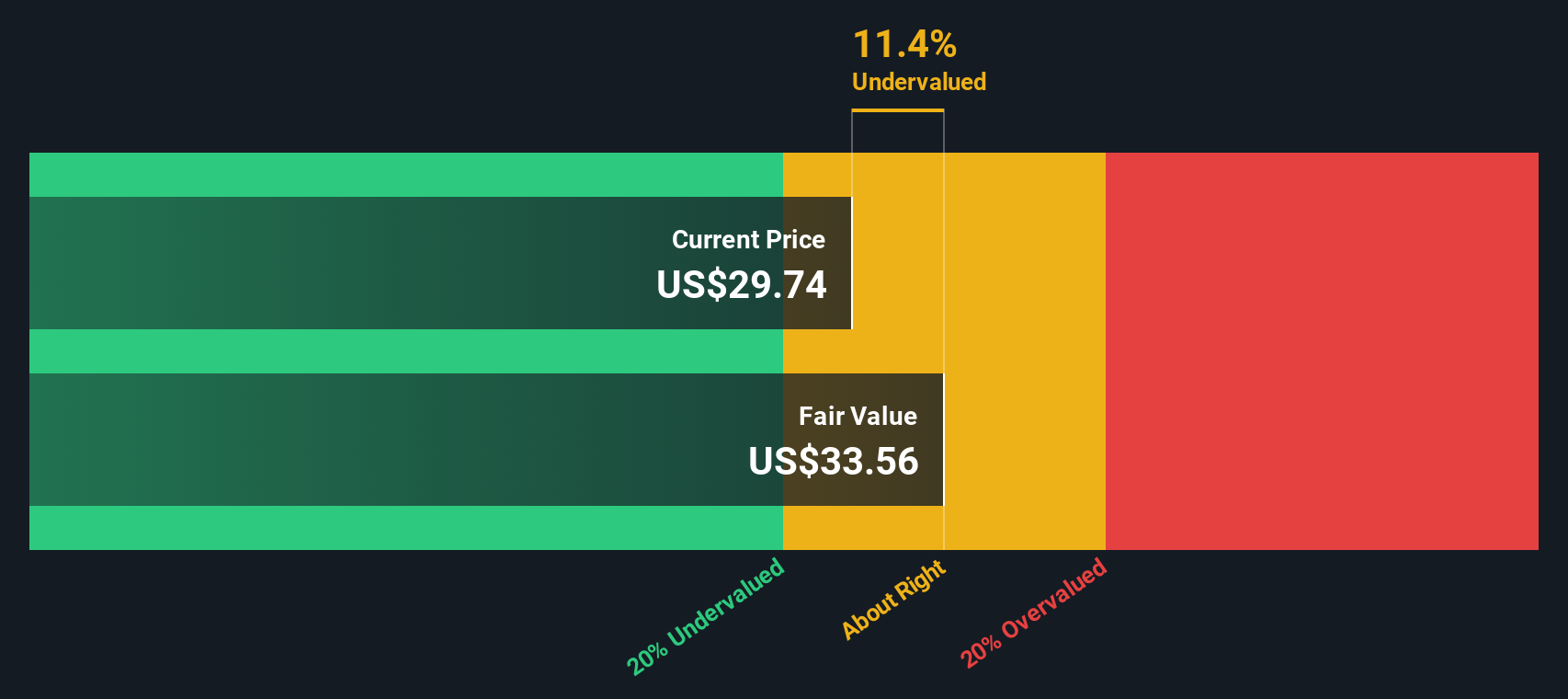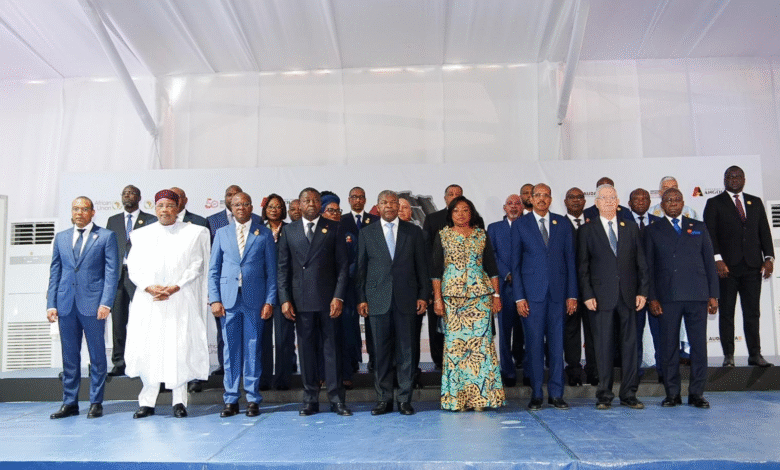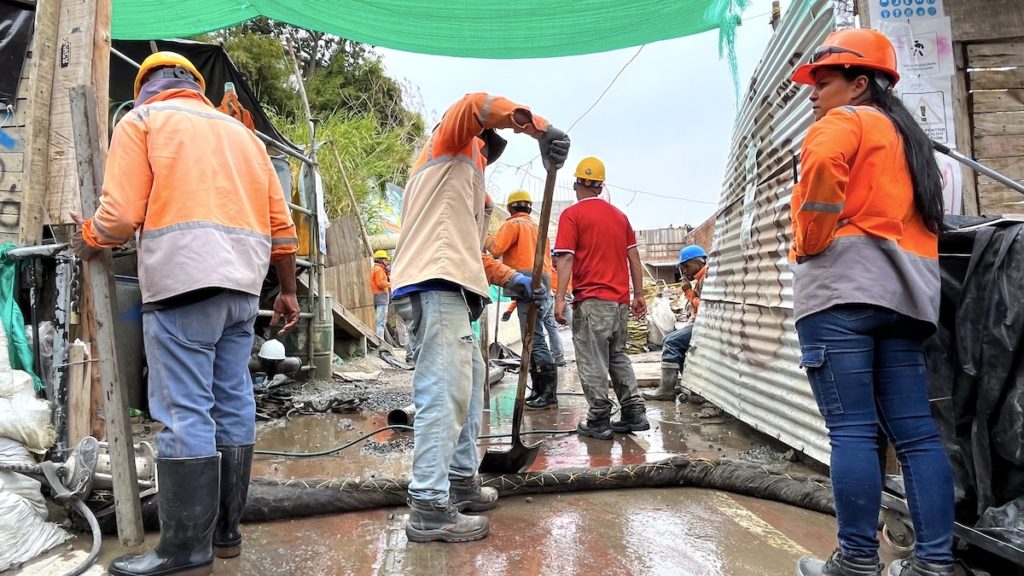Trump’s pivot from aid to trade leaves Africa wary as it faces tariffs and uncertainty – WHEC.com

US Policy Shift in Africa and its Implications for Sustainable Development Goals
A New Era of “Commercial Diplomacy”
A recent shift in United States policy towards Africa, characterized as a move from “aid to trade,” presents significant challenges to the achievement of the Sustainable Development Goals (SDGs) across the continent. The Trump administration has initiated a “commercial diplomacy” strategy, prioritizing trade deals over traditional development assistance. This policy change was marked by the closure of the U.S. Agency for International Development (USAID), which in 2025 alone provided over $12 billion in humanitarian aid, directly impacting progress on SDG 1 (No Poverty) and SDG 17 (Partnerships for the Goals).
While the administration highlights new commercial agreements, including $6 billion in deals within its first 100 days, the broader framework of this partnership is causing widespread economic distress that undermines sustainable development objectives.
Economic Impacts on Decent Work and Industrial Growth (SDG 8 & 9)
The “Trade, Not Aid” Paradox
The new U.S. strategy purports to foster economic self-sufficiency in line with SDG 8 (Decent Work and Economic Growth). Initial projects have been announced in key sectors that support SDG 9 (Industry, Innovation and Infrastructure), such as:
- Digital infrastructure and grain storage in Angola
- Energy ventures in Rwanda, Sierra Leone, and Congo
- Tourism development in Ethiopia
However, this approach is coupled with punitive economic measures that contradict the goals of stable employment and industrialization.
Tariff-Induced Economic Disruption
The imposition of steep tariffs is actively undermining progress on SDG 8 and SDG 9. The negative consequences include:
- A 30% tariff on selected South African goods and a threatened 10% tariff on nations aligned with the BRICS bloc.
- A 50% duty imposed on Lesotho, leading the nation to declare a state of disaster.
- An 80% decline in South African vehicle exports to the U.S., threatening the nation’s industrialization agenda.
- An estimated 100,000 jobs at risk in South Africa’s auto and agriculture sectors.
- An additional 12,000 textile jobs in jeopardy in Lesotho.
- Economic shocks for vanilla farmers in Madagascar, cocoa growers in Ivory Coast, and oil exporters in Nigeria.
Challenges to Global Partnerships and Inequality Reduction (SDG 17 & 10)
The Uncertain Future of the African Growth and Opportunity Act (AGOA)
The African Growth and Opportunity Act (AGOA), a cornerstone of U.S.-Africa trade relations and a key instrument for SDG 17 (Partnerships for the Goals), is set to expire in September with no clear path to renewal. The U.S. has indicated that any future agreement may require “reciprocity,” a departure from the non-reciprocal preferences designed to support developing economies. This uncertainty threatens to dismantle a two-decade-long partnership that has been vital for market access and economic stability.
Widening Inequalities and Geopolitical Tensions
The current U.S. stance risks exacerbating global and regional disparities, running counter to SDG 10 (Reduced Inequalities). The policy creates an unstable and unpredictable trade environment for African nations. In contrast, China is expanding its influence by offering duty-free market access to 53 African nations. This places African countries in a precarious position, as aligning with China could provoke further economic retaliation from the U.S., thereby hindering their ability to forge the stable partnerships necessary to achieve the SDGs.
Resource Extraction and Long-Term Sustainability Concerns (SDG 1 & 12)
Focus on Critical Minerals
A primary U.S. interest appears to be securing access to Africa’s critical minerals, including manganese, uranium, and lithium. Critics fear this transactional approach aligns poorly with SDG 12 (Responsible Consumption and Production), as it may prioritize resource extraction over long-term, equitable development, potentially leaving African economies vulnerable once resources are depleted.
Impact on Poverty Reduction Efforts (SDG 1)
The cumulative effect of the U.S. policy shift poses a direct threat to poverty reduction efforts across Africa. Key factors undermining SDG 1 (No Poverty) include:
- The termination of billions in humanitarian and development aid previously administered by USAID.
- Widespread job losses and economic instability resulting from high tariffs.
- The erosion of established trade frameworks like AGOA, which have historically supported livelihoods and economic growth.
Analysis of the Article in Relation to Sustainable Development Goals
1. Which SDGs are addressed or connected to the issues highlighted in the article?
-
SDG 8: Decent Work and Economic Growth
- The article’s central theme is the shift from aid to trade, directly impacting economic growth, employment, and industrialization in African nations. It discusses job creation through new deals but also significant job losses due to tariffs, such as the “100,000 jobs” at risk in South Africa and “12,000 textile jobs” in Lesotho.
-
SDG 17: Partnerships for the Goals
- The article focuses on the changing nature of the partnership between the U.S. and African countries. It examines trade policies, the potential expiration of the African Growth and Opportunity Act (AGOA), the imposition of tariffs, and the role of international aid, all of which are core components of global partnerships for sustainable development.
-
SDG 1: No Poverty
- The article explicitly mentions the U.S. “slashing billions in foreign aid” and shutting down USAID, which provided “$12 billion in humanitarian assistance in 2025 alone.” The reduction of development assistance and economic instability caused by tariffs can directly hinder poverty reduction efforts.
-
SDG 9: Industry, Innovation and Infrastructure
- The article references new projects in “grain storage and digital infrastructure in Angola, energy ventures in Rwanda, Sierra Leone and Congo.” It also highlights how U.S. tariffs “strike at the heart of South Africa’s industrialization agenda,” directly connecting to the goal of building resilient infrastructure and fostering sustainable industrialization.
-
SDG 10: Reduced Inequalities
- The article discusses policies that disproportionately affect developing and least developed countries. The imposition of steep tariffs on nations like Lesotho (a 50% duty) and the potential loss of preferential trade access under AGOA can exacerbate economic inequalities between developed and developing nations.
2. What specific targets under those SDGs can be identified based on the article’s content?
-
Under SDG 8 (Decent Work and Economic Growth):
- Target 8.3: “Promote development-oriented policies that support productive activities, decent job creation, entrepreneurship, creativity and innovation…” The article discusses the new U.S. policy of “commercial diplomacy” and its impact on local businesses and jobs, both positive (new deals) and negative (job losses from tariffs).
- Target 8.a: “Increase Aid for Trade support for developing countries…” The article highlights a contradiction to this target, as the U.S. is shifting away from aid and the future of AGOA, a key “Aid for Trade” instrument, is uncertain.
-
Under SDG 17 (Partnerships for the Goals):
- Target 17.10: “Promote a universal, rules-based, open, non-discriminatory and equitable multilateral trading system…” The article describes actions that challenge this target, such as the U.S. imposing “steep tariffs” (30% on South Africa, 50% on Lesotho) and threatening more, which critics call “economic warfare.”
- Target 17.12: “Realize timely implementation of duty-free and quota-free market access on a lasting basis for all least developed countries…” The potential non-renewal of AGOA, which provides “duty-free U.S. access for nearly 2,000 goods from 32 African nations,” directly threatens this target, especially for least developed countries like Lesotho.
- Target 17.2: “Developed countries to implement fully their official development assistance commitments…” The article states the U.S. is “slashing billions in foreign aid” and shut down USAID, indicating a failure to meet this target.
-
Under SDG 1 (No Poverty):
- Target 1.a: “Ensure significant mobilization of resources… through enhanced development cooperation, in order to provide adequate and predictable means for developing countries… to implement programmes and policies to end poverty.” The article details the opposite trend, with the U.S. “shutting down the U.S. Agency for International Development — which provided over $12 billion in humanitarian assistance in 2025 alone.”
-
Under SDG 9 (Industry, Innovation and Infrastructure):
- Target 9.2: “Promote inclusive and sustainable industrialization…” The article notes that tariffs “strike at the heart of South Africa’s industrialization agenda,” showing how trade policy can undermine this target.
- Target 9.b: “Support domestic technology development, research and innovation in developing countries…” The article mentions new U.S.-backed projects in “digital infrastructure in Angola” and “energy ventures,” which align with supporting this target.
-
Under SDG 10 (Reduced Inequalities):
- Target 10.a: “Implement the principle of special and differential treatment for developing countries, in particular least developed countries…” The imposition of a “50% duties” on Lesotho, a least developed country, and the potential end of the preferential AGOA agreement run counter to this principle.
3. Are there any indicators mentioned or implied in the article that can be used to measure progress towards the identified targets?
Yes, the article provides several specific quantitative and qualitative indicators:
- Value of Trade and Investment Deals: The article mentions “33 agreements worth $6 billion in Trump’s first 100 days” and “$2.5 billion in commitments at a U.S.-Africa business summit.” This can measure progress on trade-focused partnerships.
- Tariff Rates: Specific rates are cited as indicators of trade barriers, including a “30% tariff on selected South African goods,” a threatened “10% for nations aligned with the BRICS bloc,” and “50% duties” imposed on Lesotho.
- Export Volume Changes: The impact of tariffs is measured by the statement that South Africa’s “vehicle exports to the U.S. have plunged over 80%.”
- Employment Impact: The article uses the number of jobs affected as a key indicator, citing that “More than 100,000 jobs” are at risk in South Africa and “12,000 textile jobs hang in the balance” in Lesotho.
- Official Development Assistance (ODA) Levels: A clear indicator of declining aid is the mention of the U.S. “shutting down the U.S. Agency for International Development — which provided over $12 billion in humanitarian assistance in 2025 alone.”
- Status of Preferential Trade Agreements: The status of AGOA (“expires in September, with no clear sign that it will be renewed”) serves as a qualitative indicator for market access for developing countries. The article notes it provides duty-free access for “nearly 2,000 goods from 32 African nations.”
- Infrastructure Projects: The article lists specific projects like “grain storage and digital infrastructure in Angola” and “energy ventures in Rwanda, Sierra Leone and Congo” as indicators of investment in infrastructure.
4. Table of SDGs, Targets, and Indicators
| SDGs | Targets | Indicators |
|---|---|---|
| SDG 1: No Poverty | 1.a: Ensure significant mobilization of resources… through enhanced development cooperation. | – Amount of humanitarian assistance cut (e.g., “$12 billion in 2025 alone” from the shutdown of USAID). |
| SDG 8: Decent Work and Economic Growth | 8.3: Promote development-oriented policies that support productive activities, decent job creation. | – Number of jobs at risk (“More than 100,000” in South Africa; “12,000” in Lesotho). – Percentage decline in exports (“vehicle exports… plunged over 80%”). – Value of new business deals (“$6 billion” and “$2.5 billion”). |
| SDG 9: Industry, Innovation and Infrastructure | 9.2: Promote inclusive and sustainable industrialization. | – Impact on national industrial strategies (Tariffs “strike at the heart of South Africa’s industrialization agenda”). – Mention of new infrastructure projects (grain storage, digital infrastructure, energy ventures). |
| SDG 10: Reduced Inequalities | 10.a: Implement the principle of special and differential treatment for developing countries. | – Imposition of high tariffs on a least developed country (“50% duties” on Lesotho). – Potential expiration of a preferential trade agreement (AGOA). |
| SDG 17: Partnerships for the Goals | 17.12: Realize timely implementation of duty-free and quota-free market access on a lasting basis for all least developed countries. | – Status of the AGOA agreement (expires in September, renewal uncertain). – Number of countries (“32”) and goods (“nearly 2,000”) covered by the duty-free agreement. |
Source: whec.com

What is Your Reaction?
 Like
0
Like
0
 Dislike
0
Dislike
0
 Love
0
Love
0
 Funny
0
Funny
0
 Angry
0
Angry
0
 Sad
0
Sad
0
 Wow
0
Wow
0


